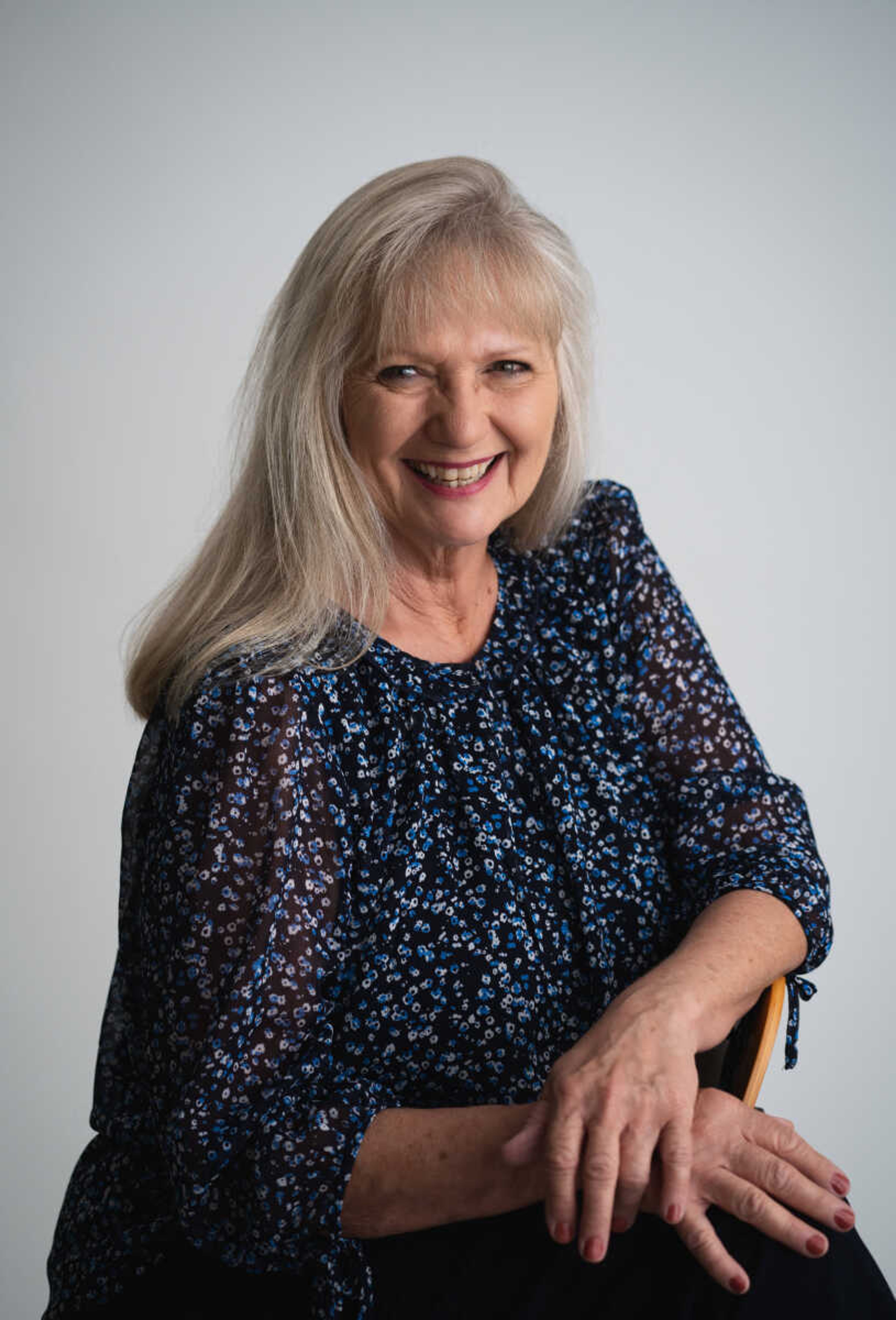Hot days, cool shades: Not all sunglasses are created equally - here's how to make sure your eyes are protected
Protecting skin from the sun's harmful rays while frolicking in the sun is something that has become common knowledge during the past decade. What isn't discussed as frequently is the need to protect the eyes from those same dangerous ultraviolet rays...
Protecting skin from the sun's harmful rays while frolicking in the sun is something that has become common knowledge during the past decade.
What isn't discussed as frequently is the need to protect the eyes from those same dangerous ultraviolet rays.
According to experts, wearing just any old pair of sunglasses isn't enough to provide the protection necessary to prevent damage to the eyes, or melanoma on the skin around the eyes.

The sun produces three spectra of ultraviolet rays: UV-A, UV-B and UV-C, explains Dr. Jeremy Dohogne, an optometrist at Leet EyeCare.
"UV-C rays are mostly blocked out by the ozone layer," he says.
It's the UV-A and UV-B rays that can cause damage, and that's why it's important to be discerning when purchasing sunglasses.
"It's not the expense or the color," says Dr. Linn Mangano, an ophthalmologist at Eye Care Specialists in Cape Girardeau. "You have to make sure they have UV-A and UV-B protection. "If you wear sunglasses that don't have UV protection of 99 to 100 percent, it is actually more dangerous, because the pupils dilate, allowing more UV rays in."
Prolonged exposure to the sun also can cause photokeratitis, which is like a sunburn to the cornea.
People who spend lots of time on the beach or live close to the equator are especially susceptible to this condition, which can also be caused by snow skiing, because the snow, like water, intensifies the reflection of the sun's rays.
"Surprisingly, up to 50 percent of UV exposure occurs before age 18," Dohogne says.

Mangano specializes in pediatric eyecare and stresses the importance of protecting children's vision.
"Children need sunglasses," she says.
Though it may be difficult to get children to wear and keep up with sunglasses, even wearing a hat is helpful, she says.
"It decreases UV ray exposure by half just using a hat," she says.
Sunglasses also can protect eyes from damage during sporting activities, and Mangano encourages parents to have children wear them.
"We'd rather have a ball hit the glasses and break them than hit the eye," she says.
Overexposure to UV rays can cause skin cancer on eyelids.
Dohogne says 80 percent of skin cancer occurs on the head and neck, and of that, 5 to 10 percent is on the eyelids.
Even more disconcerting is that the sun's rays on the eyes can result in vision-threating macular degeneration and cataracts. Although these conditions are normally associated with aging, Mangano says prolonged exposure to the sun essentially hastens the aging of the eyes.
"We think it's because the sun accelerates the aging of the structure of the eyes," she says.
This type of eye damage is cause by exposure to the sun over time.
"UV light exposure is a cumulative thing," Dohogne says.
Although car windows provide a minimal amount of UV protection, it's not enough, and people riding or driving in cars should still wear sunglasses.
And just because the sun isn't shining, it doesn't mean we can forget about UV rays.
"It's still important to have [sunglasses] on, even on cloudy days," Dohogne says. "Clouds disperse the light from different angles."
Sunglasses marked with a "P" on the label do not necessarily contain UV protection. The P stands for polarized, which denotes specially treated lenses that diffuse the sunlight from water and glare.
"Polarization is great for driving and fishing, but the main thing is to have sunglasses with UV protection," Mangano says.
While there is treatment for eye damage caused by the sun, the best cure is prevention.
"There are treatments, but they don't get you back to normal," she says.
For those considering getting a "base tan" in a tanning bed, protecting the eyes is especially important, she cautions.
"When you are in a tanning bed, you must cover your eyes," Mangano says. "People who use tanning beds are 50 percent more likely to develop skin cancer of the eye."
For more information about protecting the eyes from the sun, Mangano recommends these sites by the American Academy of Ophthalmology and the Skin Cancer Foundation, respectively:
www.geteyesmart.org/eyesmart/glasses-contacts-lasik/sunglasses-recommended-types.cfm
www.skincancer.org/prevention/uva-and-uvb/understanding-uva-and-uvb
Connect with the Southeast Missourian Newsroom:
For corrections to this story or other insights for the editor, click here. To submit a letter to the editor, click here. To learn about the Southeast Missourian’s AI Policy, click here.










